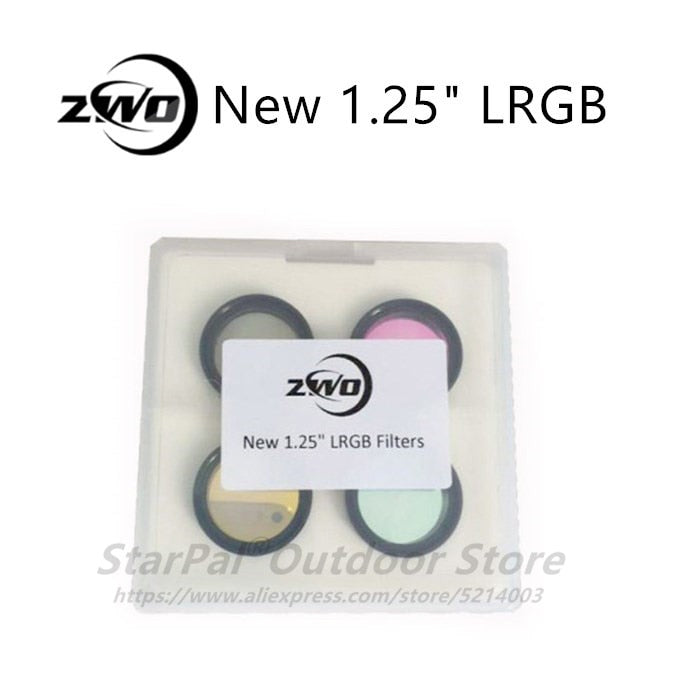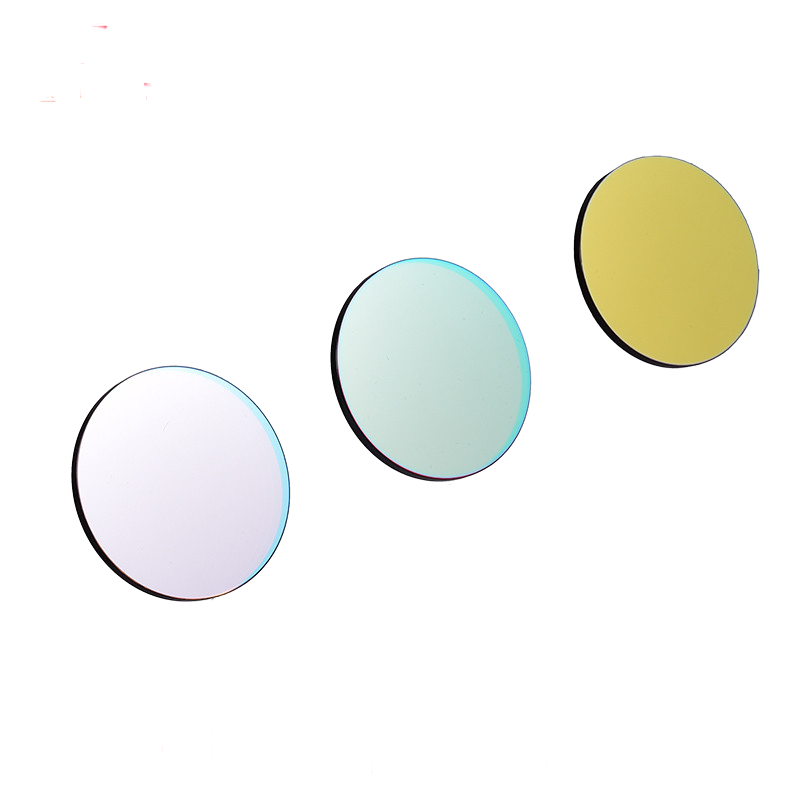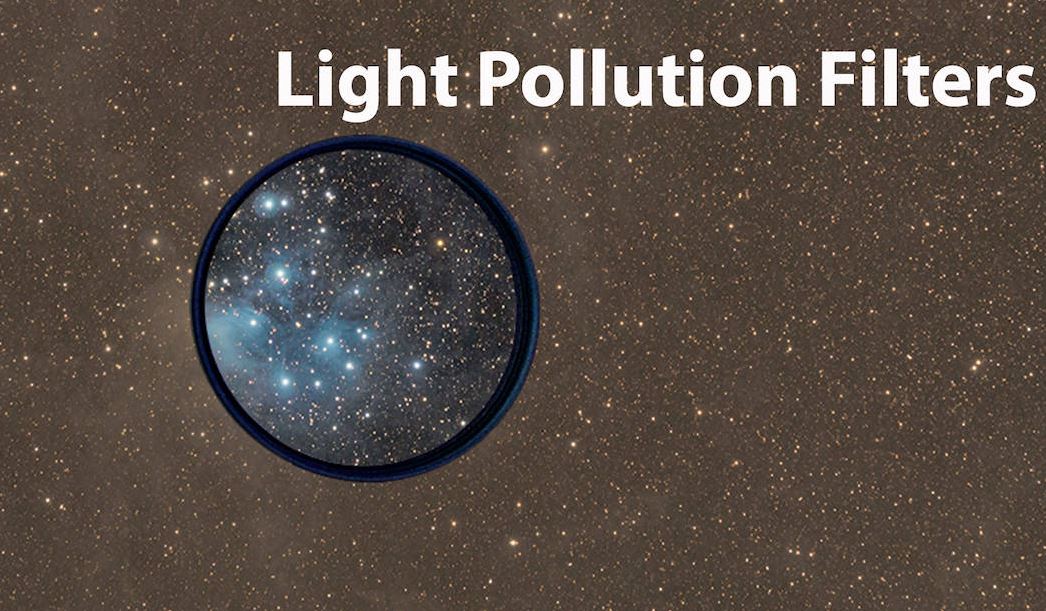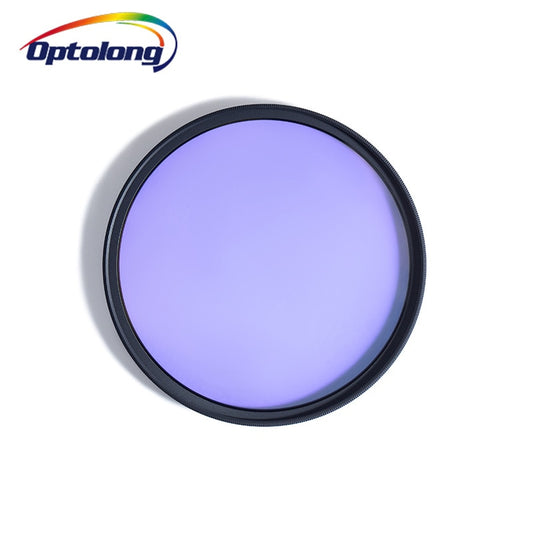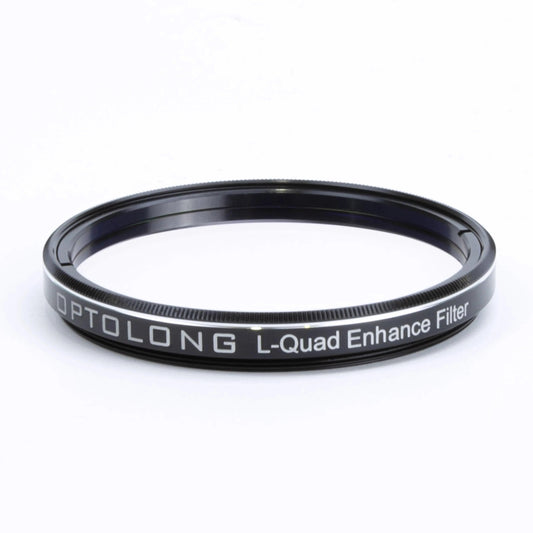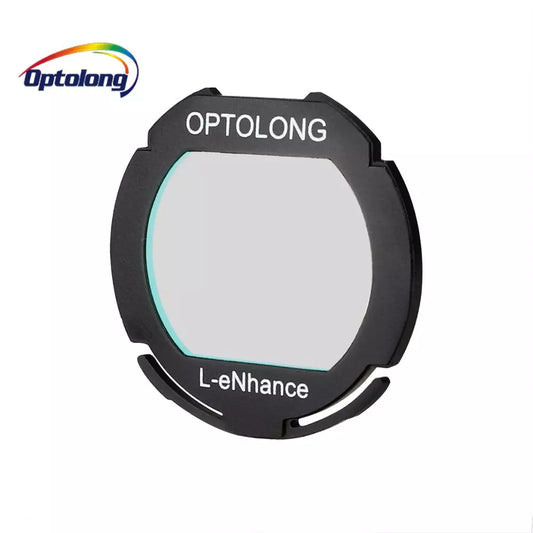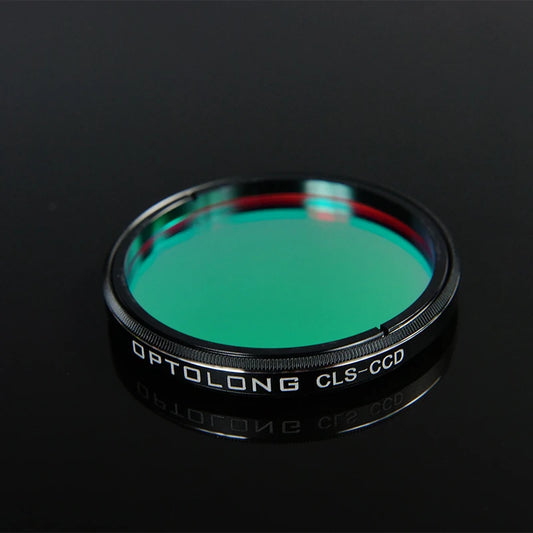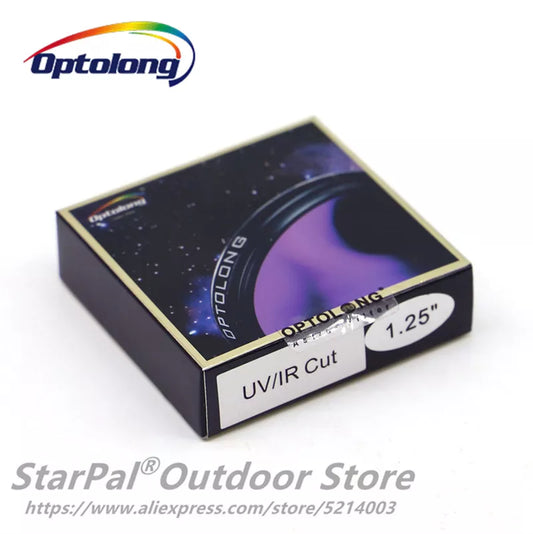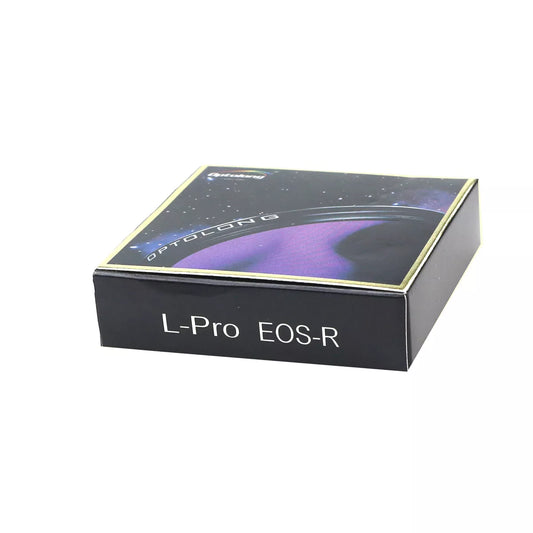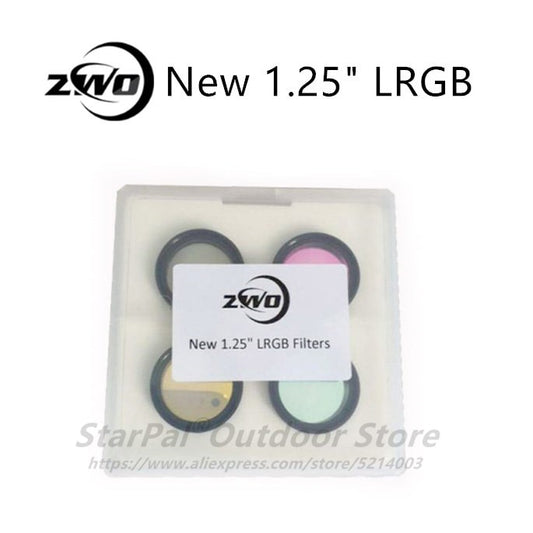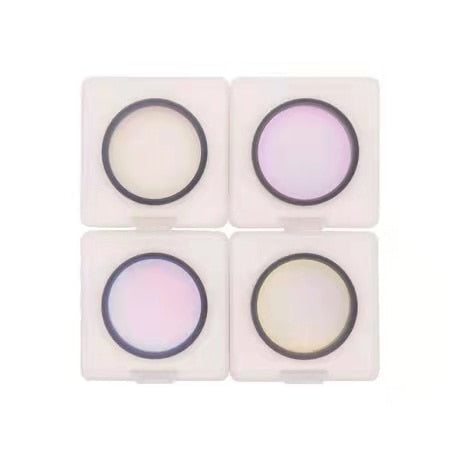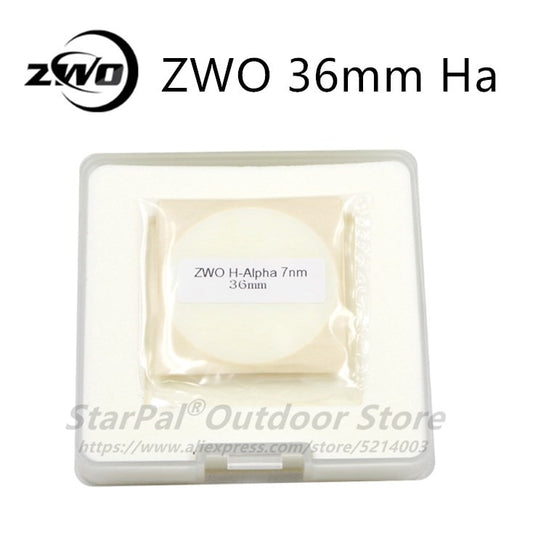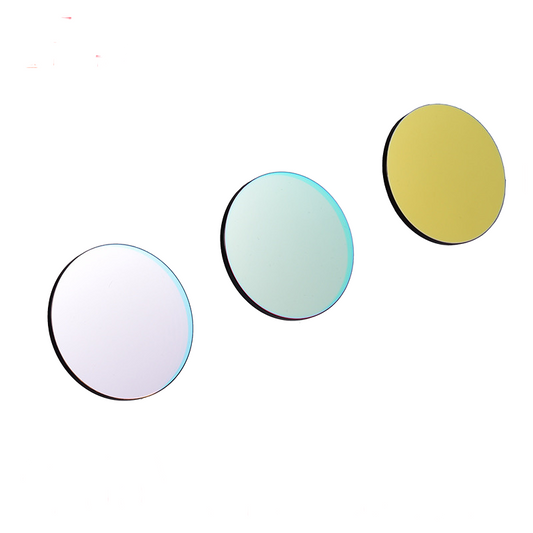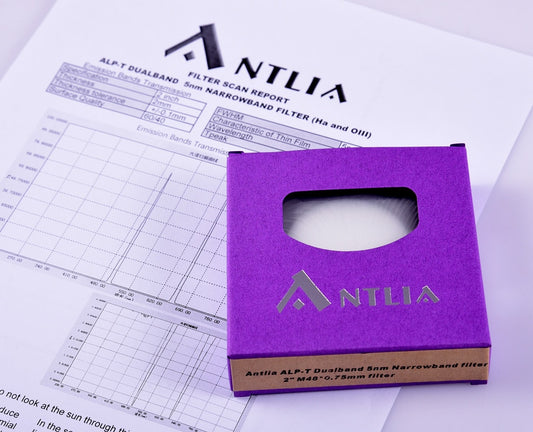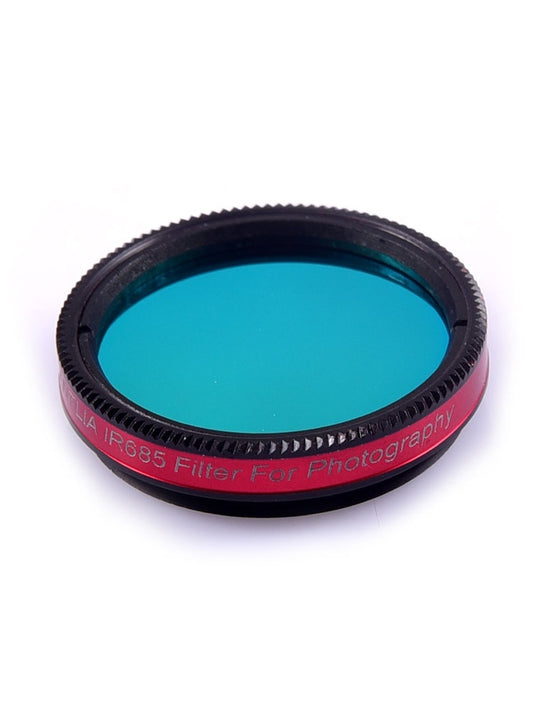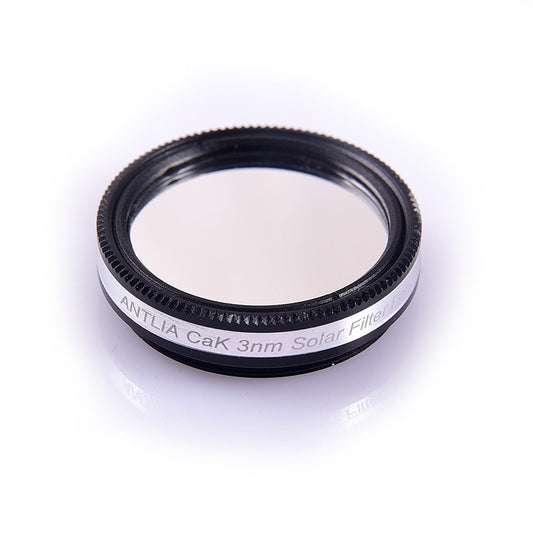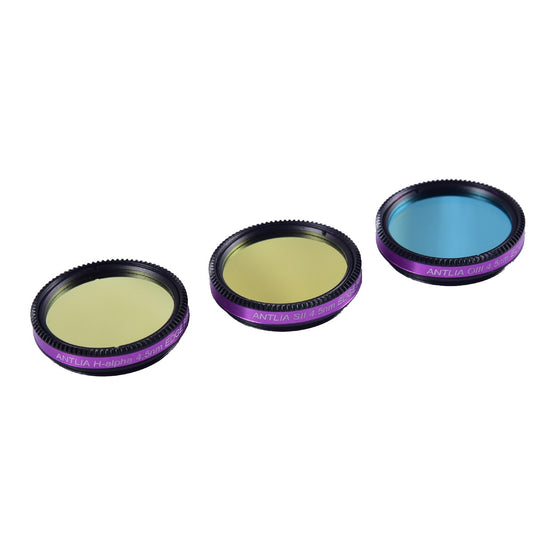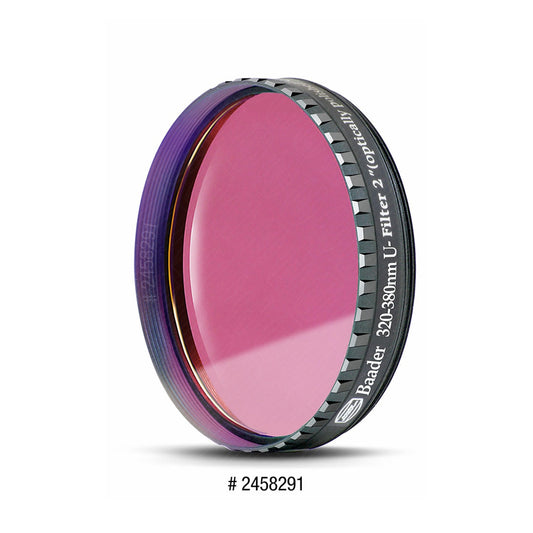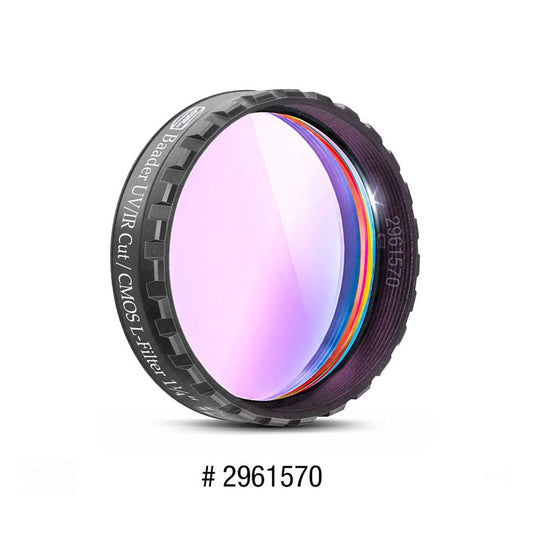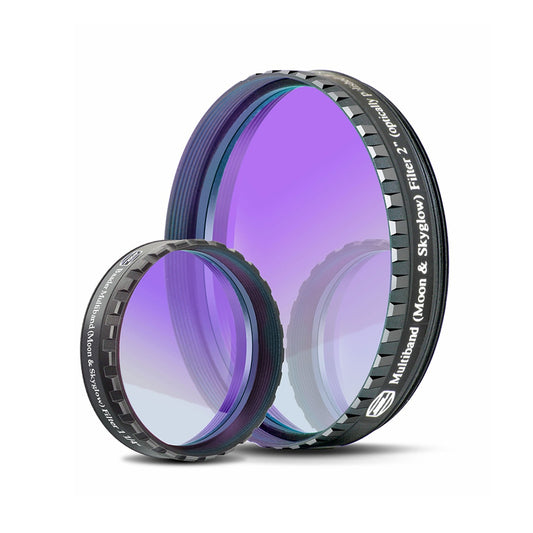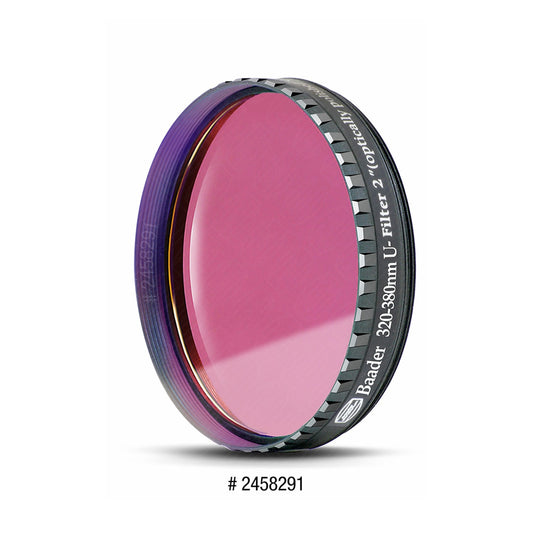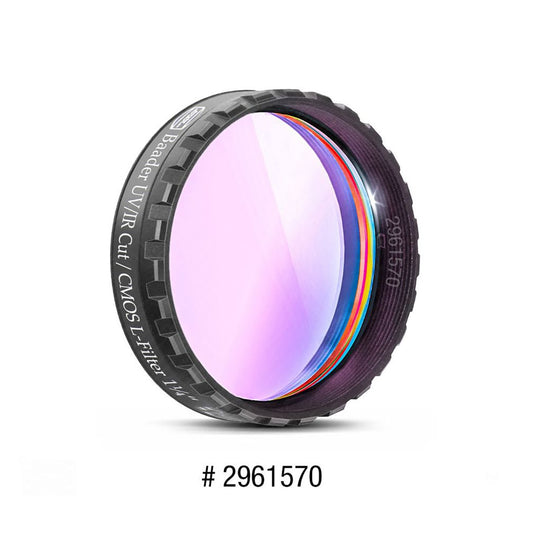If you're an astrophotographer, you know that light pollution is a significant issue that can affect the quality of your images. Luckily, using a light pollution filter for your DSLR camera can help you overcome this problem and capture stunning images of the night sky.
In this blog post, we'll explore what a light pollution filter is, why you need one, and the different types of filters available for DSLR cameras.
What is a Light Pollution Filter?
A light pollution filter is a specialized optical filter that helps reduce the effects of light pollution when photographing the night sky. It works by blocking out specific wavelengths of light that cause light pollution, such as those emitted by streetlights and other artificial sources.
Why Use a Light Pollution Filter for DSLR?
When you photograph the night sky with a DSLR camera, the camera's sensor can pick up light pollution, which can cause your images to look washed out, lacking contrast, and with a yellow or orange tint. Using a light pollution filter can help block out these unwanted wavelengths of light and improve the overall quality of your images.
Types of Light Pollution Filters for DSLR
There are several types of light pollution filters available for DSLR cameras, each with its unique features and benefits. Here are some of the most common types:
Broadband Filters
Broadband filters are the most commonly used filters for astrophotography. They work by blocking out specific wavelengths of light that cause light pollution, while allowing the rest of the light spectrum to pass through. This helps preserve the natural colors of celestial objects and reduces the overall effects of light pollution.
Narrowband Filters
Narrowband filters work by blocking out specific wavelengths of light that are emitted by certain celestial objects, such as nebulae and galaxies. They help improve the contrast and visibility of these objects while minimizing the effects of light pollution.
RGB Filters
RGB filters work by separating the light spectrum into three primary colors: red, green, and blue. They are used to capture color images of celestial objects and can help reduce the effects of light pollution on the overall color balance of your images.
Best Light Pollution Filters for DSLR
Optolong L-eNhance filter
The Optolong L-eNhance filter is a dual-bandpass filter that is optimized to capture two distinct wavelengths of light: hydrogen-alpha (Ha) and oxygen-III (OIII). By blocking other wavelengths of light that cause light pollution, this filter helps astrophotographers capture incredibly detailed images of deep sky objects, including galaxies, nebulae, and star clusters.
Optolong L-Pro Filter
The Optolong L-Pro filter is a great option for astrophotography in heavily light-polluted areas. It blocks out a wide range of light pollution while enhancing the natural colors of the night sky. This filter is also scratch-resistant and can be used with most DSLR lenses.
Astronomik CLS Filter
The Astronomik CLS filter is a popular choice among astrophotographers. It blocks out a wide range of wavelengths of light pollution, while allowing you to capture a variety of deep-sky objects such as galaxies and nebulae. This filter is also durable, scratch-resistant, and can be used with both color and monochrome cameras.
Hoya Starscape Filter
The Hoya Starscape filter is a great option for astrophotography in light-polluted areas. It blocks out most of the common sources of light pollution, while enhancing the natural colors of the night sky. This filter also reduces chromatic aberration and is compatible with most DSLR lenses.
IDAS LPS D1 Filter
The IDAS LPS D1 filter is designed to block out light pollution while preserving natural colors and contrast. It also reduces the amount of noise in your images, making it a great choice for long exposures. This filter is compatible with most DSLR lenses and can be used with both color and monochrome cameras.
Baader UHC-S Filter
The Baader UHC-S filter is designed to block out light pollution while allowing you to capture a wide range of deep-sky objects. It also enhances the contrast and sharpness of your images. This filter is durable, scratch-resistant, and compatible with most DSLR lenses.
Celestron Luminos UHC Filter
The Celestron Luminos UHC filter is a high-quality option for astrophotography in light-polluted areas. It blocks out most sources of light pollution, while enhancing the contrast and sharpness of your images. This filter is also durable and compatible with most DSLR lenses.
ZWO Atmospheric Dispersion Corrector Filter
The ZWO Atmospheric Dispersion Corrector filter is designed to correct for atmospheric dispersion, which can cause color fringing in your images. It is also effective at blocking out light pollution, making it a great choice for astrophotography in urban areas. This filter is compatible with most DSLR lenses.
B+W XS-Pro Digital HTC Kaesemann Circular Polarizer MRC Nano Filter
The B+W XS-Pro Digital HTC Kaesemann Circular Polarizer MRC Nano filter is a versatile option for astrophotography. It can be used as a polarizing filter to reduce glare and reflections, or as a light pollution filter to block out unwanted light. This filter is also durable and compatible with most DSLR lenses.
Kenko Astro LPR Filter
The Kenko Astro LPR filter is designed to block out most of the light pollution while still allowing the important wavelengths of light to pass through. This filter is ideal for capturing images of the Milky Way and other deep-sky objects.
Orion SkyGlow Imaging Filter
The Orion SkyGlow filter is designed to enhance the visibility of faint deep-sky objects, while also blocking out most of the light pollution from urban areas. This filter is ideal for capturing images of nebulae and galaxies.
In conclusion, using a light pollution filter for your DSLR camera can greatly enhance the quality and clarity of your astrophotography images. Whether you are a beginner or an experienced astrophotographer, these top 10 light pollution filters for DSLR cameras are sure to provide you with stunning and memorable images of the night sky.
When selecting a light pollution filter for your DSLR camera, consider factors such as the type of astrophotography you want to do, your budget, and the size of your camera lens. There are several types of filters available, including broadband filters, narrowband filters, and RGB filters.



